Adjectives Teaching Resources
Explain adjectives to your elementary students with printable worksheets, digital activities, adjective lists, describing word games and more from the teachers of Teach Starter.
This collection of teaching resources was teacher-created to help you help your students learn how to correctly identify and use this fundamental part of speech to make their writing more interesting and engaging. With editable curriculum-aligned resources, you'll be able to meet Common Core and state standards while also differentiating instruction for the individual students in your classroom.
New to teaching this part of the English Language Arts curriculum or just looking for new ways to engage students as they learn about adjectives? Take a peek at this primer from our teacher team!
What Is an Adjective? A Kid-Friendly Definition
We know it's a bit obvious, but knowing the definition of this part of speech is only part of the battle. You'll also need to explain adjectives to your students!
Try the definition of this adjective for kids in your classroom:
An adjective is a word that describes a noun or pronoun. For example, in the sentence "The fluffy dog barked," "fluffy" is an adjective because it describes the noun "dog." Adjectives can tell us what color, size, shape, or feeling something is. They help us make our writing more interesting and descriptive.
Adjective Examples
Looking for some fun adjective examples to encourage your students to use more describing words in their writing?
This teaching resource collection is stocked with adjective lists and posters to inspire them, and here are a few to get them started!
- Colorful
- Loud
- Happy
- Enormous
- Tiny
- Fast
- Slow
- Spiky
- Soft
- Hard
- Bumpy
- Smooth
- Shiny
- Dull
- Silly
- Scary
- Beautiful
- Gigantic
- Freezing
- Hot
Why not start a list during a class brainstorm, and challenge your student to come up with their own describing words to add to the list? You can create an entire adjective word wall to inspire descriptive writing!
Types of Adjectives
As their understanding of this part of speech progresses, students should learn about different types of adjectives such as:
- Descriptive Adjectives — Just as their name implies, these are words used to describe or modify nouns or pronouns. They provide more information about the characteristics, qualities or features of the noun or pronoun they are modifying. In the sentence "The red car is fast," for example, the word "red" is a descriptive adjective that describes the color of the car.
- Possessive Adjectives — Possessive adjectives are used to show ownership or possession of a noun or pronoun. They tell the reader who or what owns or possesses something.
- Examples of possessive adjectives include:
- my
- your
- his
- her
- its
- our
- their
- Examples of possessive adjectives include:
- Ordinal Adjectives —Ordinal adjectives are used to indicate the order or the position of something in a series or sequence. They can also describe the rank or position of something relative to other items. Ordinal numbers are an example of ordinal adjectives — words like "first," "second," "third," "fourth," and so on.
What Are Comparative and Superlative Adjectives?
If you're teaching students to compare and contrast items in math class, they'll be working with two more types of adjectives.
Comparative and superlative adjectives are words we use to compare two or more things. These type of adjectives indicate the degree of a quality or characteristic of the noun or pronoun they are modifying.
Let's break it down a little bit more, shall we?
Comparative Adjectives
When you want to compare two things in writing, a comparative adjective can help the reader understand that one thing has more or less of a quality than the other.

For example, the adjective "big" becomes "bigger" when it becomes a comparative adjective.
Superlative Adjectives
Superlative adjectives are similar to comparative, but this type of adjective is used to compare three or more things.
Superlative adjectives tell a reader that one thing has the most or the least of a quality or characteristic when compared to all the others.

For example, if you have the adjective "big," you would make it superlative by adding "-gest" to form the word "biggest."
Here are some common examples of comparative and superlative adjectives:
- Tall (positive), taller (comparative), tallest (superlative)
- Fast (positive), faster (comparative), fastest (superlative)
- Happy (positive), happier (comparative), happiest (superlative)
- Smart (positive), smarter (comparative), smartest (superlative)
- Beautiful (positive), more beautiful (comparative), most beautiful (superlative)
How to Teach Adjectives to Kids — Fun Activities
When first introducing adjectives to students, you'll want to focus on adjectives as words that describe or modify nouns or pronouns. Students should learn how to identify adjectives in sentences and how to use them to make their writing more descriptive.
Elementary school is also when students learn about adjective order, which is the order in which adjectives should appear in a sentence.
You can explore this complete collection to find writing center activities and writing prompts to practice using adjectives, as well as ELA games, parts of speech posters for the classroom, and more resources to save you time on lesson planning.
To inspire you, here are a few fun adjective activities from our teacher team:
- Describe-A-Pet — Ask students to bring in pictures of their family pets (or ask parents to email them in). Use the pet photos to inspire a describing task. Students can work independently or in pairs to write descriptions of the pet in the picture assigned to them, using as many descriptive adjectives as possible.
- I Spy Adjectives — Add an adjective twist to "I Spy" using adjectives beyond color to describe items you "spy" in the classroom. Students can work in pairs or small groups to write down as many items as they can guess from the adjectives you use. The team that got the most right wins!
- Plus Plan
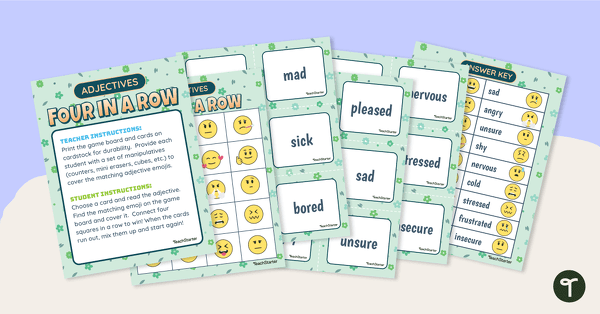
Adjective Emoji Four in a Row
Match emoji picture cards with their corresponding descriptive adjectives with a fun game of Four-in-a-Row.
- Plus Plan
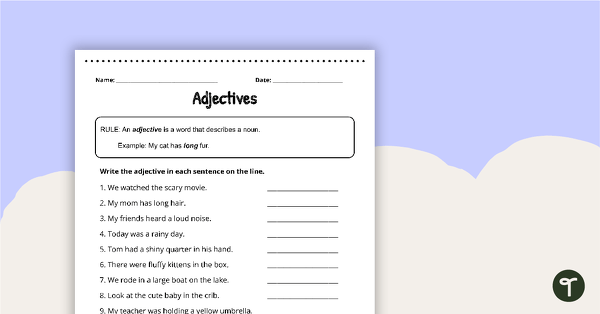
Adjectives Worksheet
Practice identifying and writing adjectives in sentences with this 1-page worksheet.
- Plus Plan
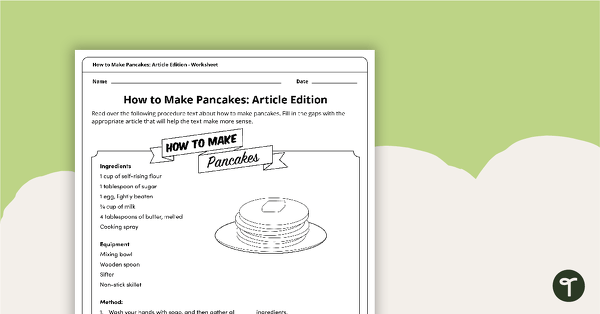
How to Make Pancakes: Article Edition - Worksheet
A procedural text with missing articles.
- Plus Plan
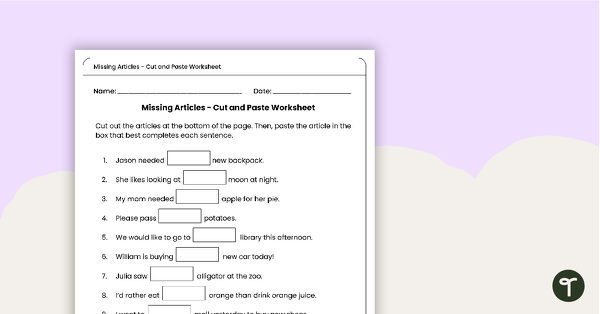
Missing Articles - Cut and Paste Worksheet
Using this cut and paste article adjectives worksheet, students will identify the correct missing article and place it in the sentence.
- Plus Plan
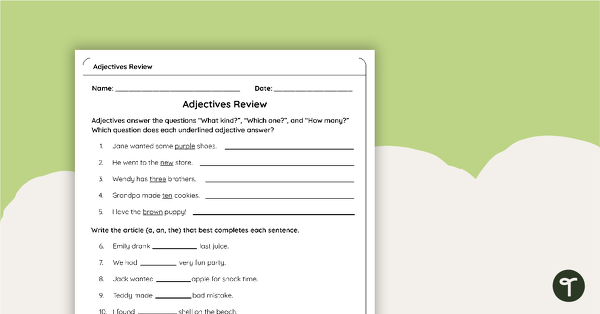
Adjectives Review Worksheet
Practice identifying adjectives in a sentence with this lesson review worksheet.
- Plus Plan
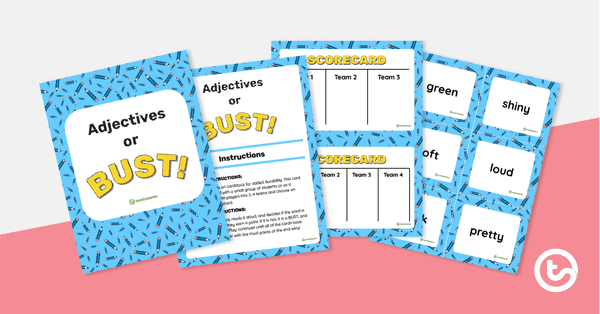
Adjectives or BUST! Card Game
Play this engaging adjective identification card game with a small group of students or as a whole class.
- Plus Plan

Adjective Task Cards
Identify the adjective in the sentence through this set of 20 task cards.
- Plus Plan
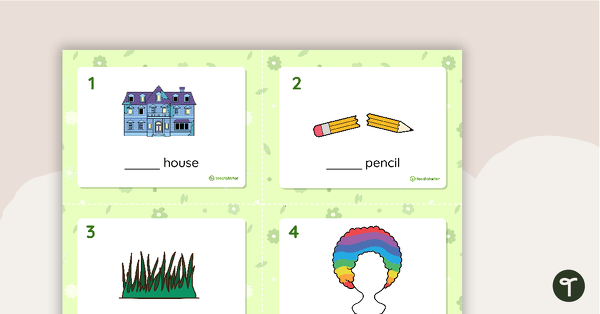
Adjectives Scoot Activity
Practice using adjectives to describe objects with this set of 20 task cards.
- Plus Plan
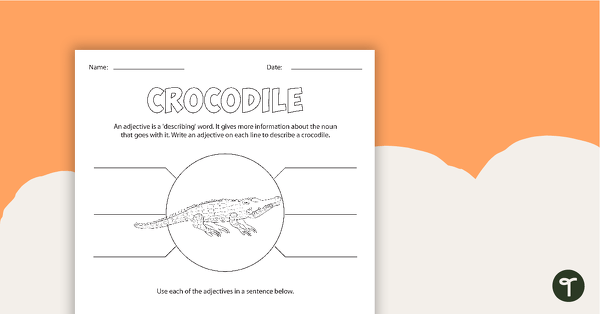
Marine Animals Adjectives Worksheet
A set of 12 marine animal themed adjective teaching resource worksheets.
- Plus Plan
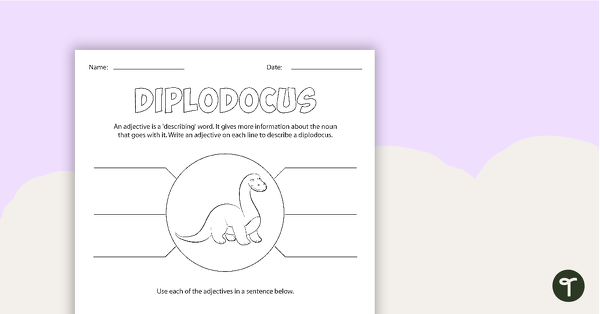
Dinosaur Adjectives Worksheet
A set of 6 dinosaur themed adjective teaching resource worksheets.
- Plus Plan
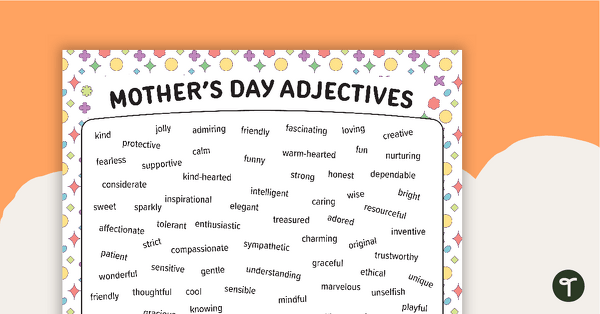
List of Adjectives - Words to Describe Mom
Describe the amazing moms in your students' lives with the help of a printable list of motherly adjectives.
- Plus Plan
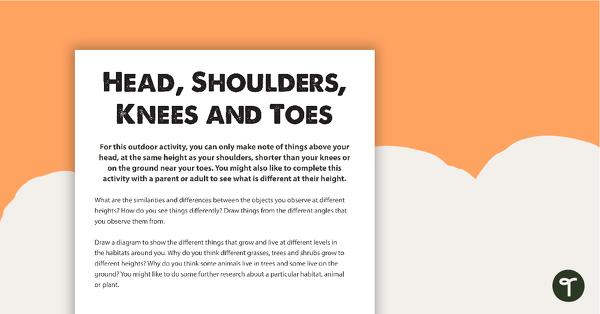
Adjectives All Around - Outdoor Observation Activity
Two engaging activities for students to observe and describe their outdoor environment.
- Plus Plan
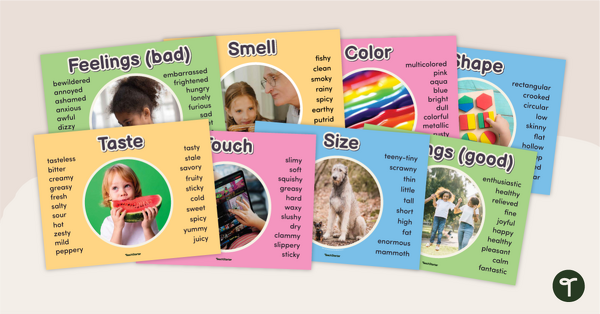
Adjective Posters
Get your students to use new words to describe objects with this set of 13 bright and colorful posters.
- Plus Plan
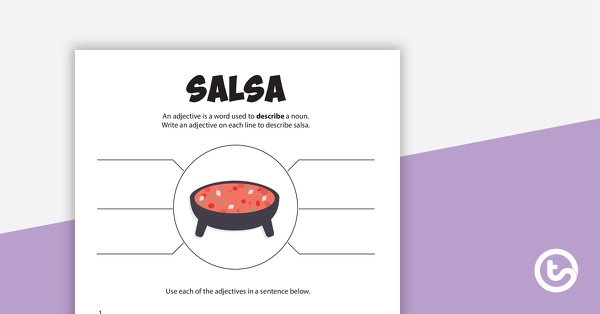
Using Adjectives to Describe - Pass Around Activity
A set of 32 food sheets to use in a pass around-style adjective activity.
- Plus Plan
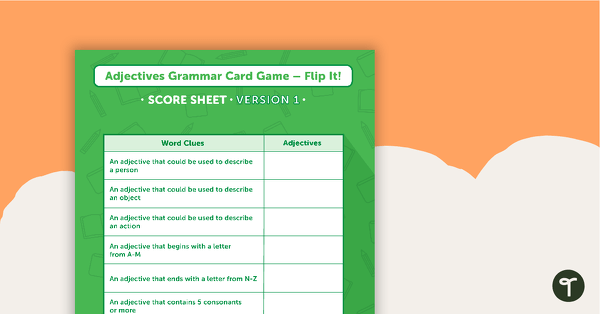
Adjective Grammar Card Game - Flip It!
A fun game for students to play in small groups to reinforce their understanding of adjectives.
- Plus Plan

My Drawing of the Gingerbread Man Worksheet
An engaging worksheet in the theme of the Gingerbread Man that explores the use of adjectives through drawing.
- Plus Plan
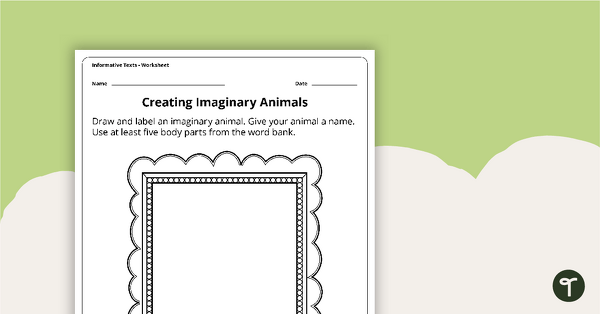
Creating an Imaginary Animal - Descriptive Language Activity
A creative activity to introduce students to descriptive and comparative language.
- Plus Plan
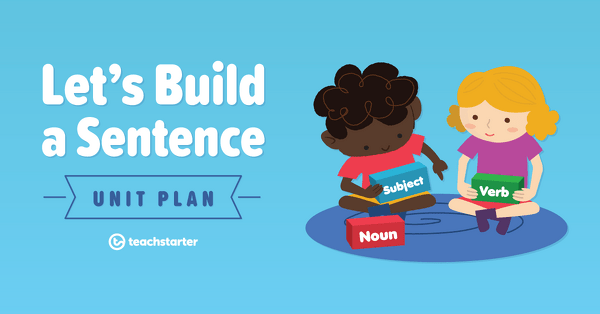
Using Adjectives to Describe a Character
A 60 minute lesson in which students will use adjectives to describe the personality and appearance of characters.
- Plus Plan
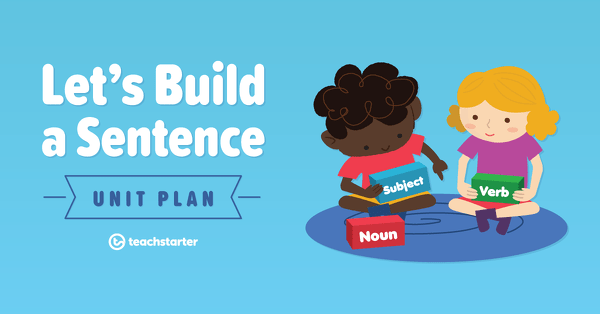
Using Adjectives
A 60 minute lesson in which students will identify that an adjective provides information about a noun and is often called a describing word.